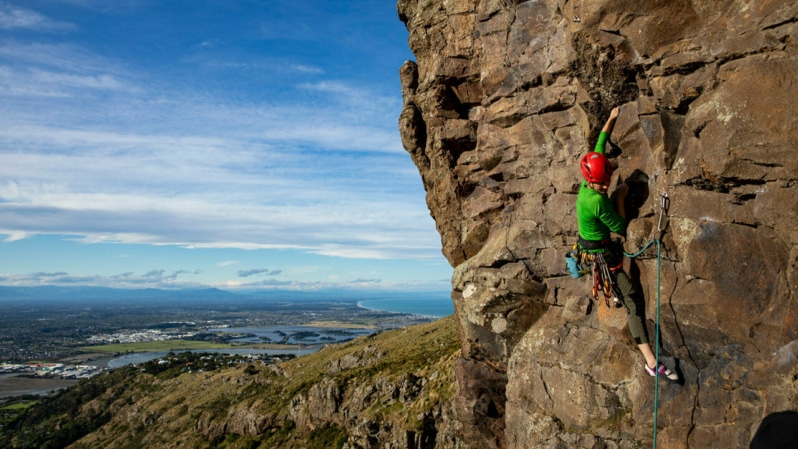Risks in Coastal Christchurch are dominated by hazards that make coastal and fluvial flooding worse: sea level rise, storm surges, tsunami, and rising groundwater. These present risks in the natural and built environments, with coastal squeeze an issue for coastal habitats. In Inland Christchurch, the natural environment suffers with increasing temperatures and drought while the built environment suffers from flash flooding caused by extreme rainfall events and river flooding.
Across the Port Hills, both the natural and built environments are vulnerable to wildfire and landslides. In coastal Banks Peninsula, coastal and flood hazards mainly affect the natural environment but also threaten road access to isolated communities. Water supply is also affected by drought. Risks in inland Banks Peninsula are dominated by drought, heat and wildfire affecting the natural environment and water supply security. Akaroa is affected by all the risks listed above.
